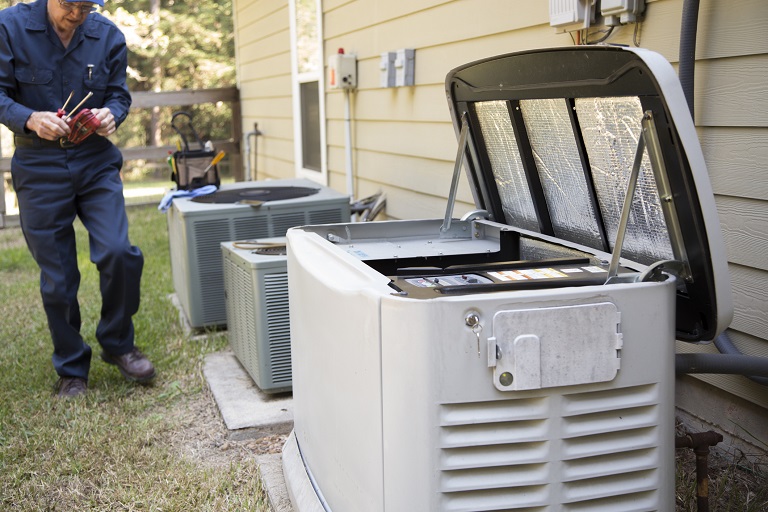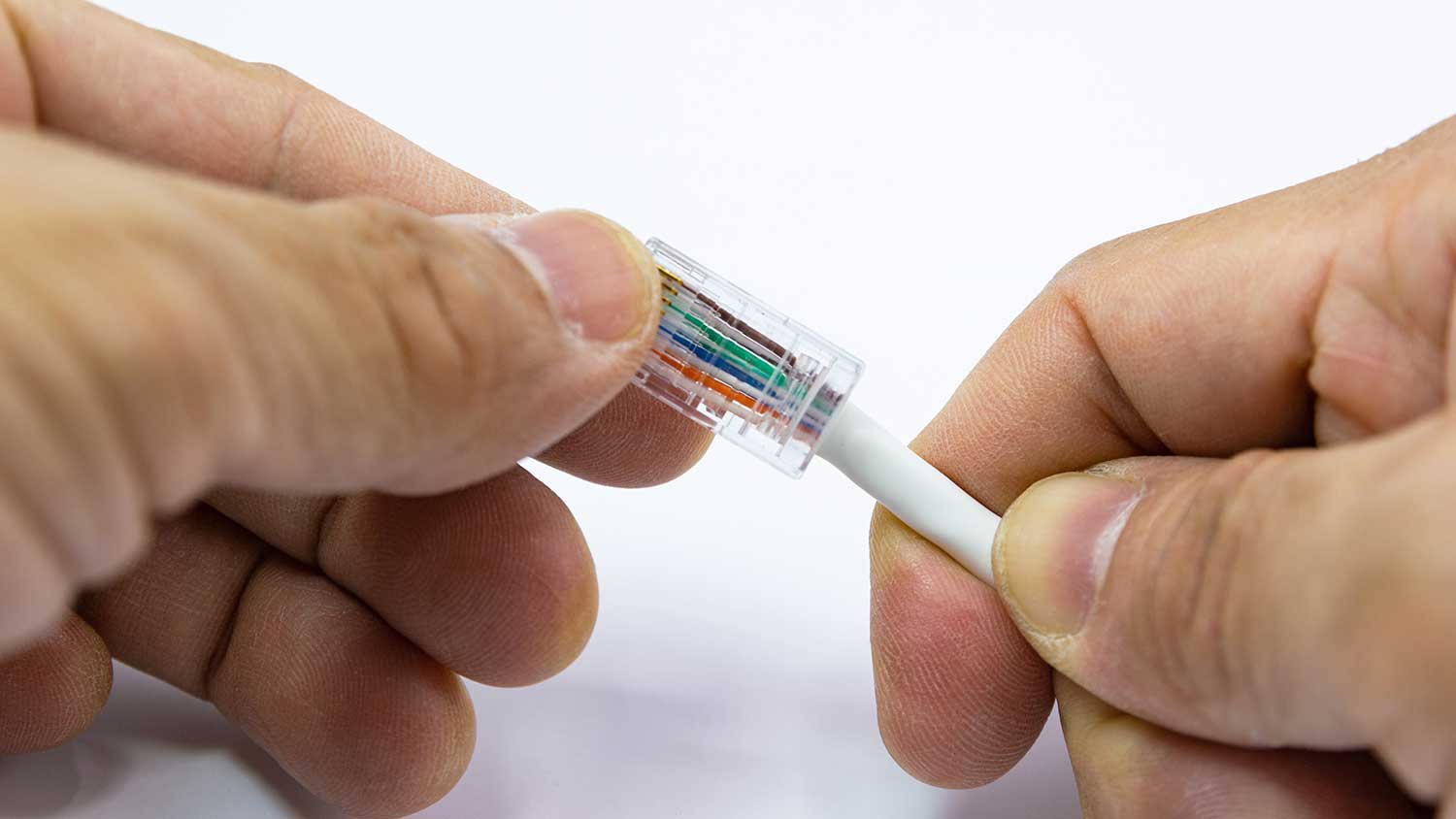
Budget for the cost to replace a light switch based on factors such as switch type, project complexity, hiring a professional electrician, and more.
Whole-house surge protection costs an average of $300


Whole-house surge protectors cost an average of $300, with most homeowners paying between an average range of $70 and $700.
Material and labor are key cost factors for installing a whole-house surge protector, with labor rates ranging from $50 to $100 per hour.
Upgrading older electrical panels can increase installation costs.
Proper installation by a professional electrician protects a home’s entire electrical system.
This article was updated using automation technology and thoroughly reviewed for accuracy by HomeAdvisor Editor Ryan Noonan.
On average, a whole-house surge protector costs $300, or between $70 and $700. By intercepting voltage spikes before they reach your outlets, this device shields every appliance in your home. Whole-house surge protector cost factors include protector type, electrical upgrades, and labor. Plan for professional installation, set a realistic budget, and replace the unit on schedule to keep costly electronics—and your peace of mind—intact.
Your final whole-house surge protector costs are determined by several factors, including the surge protector you pick and the electrician who installs it. You’ll pay extra if you need panel upgrades, permits, or other electrical work.
Depending on brand, capacity, and other factors, a whole-house surge protector costs $70 to $700 for the unit itself. Whole-home surge protectors come in three types:
Type 1 surge protectors are installed before the main circuit breaker box and offer the greatest protection.
Type 2 surge protectors are installed on a single electrical circuit or the breaker box, protecting against internal surges.
Type 3 surge protectors are power strips that only protect devices plugged into a single outlet.
A surge protector’s rating shows how much current it can safely absorb—often 10 kA to 100 kA or more. Most homeowners should opt for a unit rated for at least 30 kA to protect against lightning strikes. In addition to the surge protector unit, you may also need to pay for a grounding mechanism and voltage regulation system.
Type 1 whole-house surge protectors cost between $50 and $250 for the unit itself. They cost the most because they offer the highest level of surge protection. All the power that enters a home flows through this type of surge protector, thereby mitigating potential damage from external surges, such as lightning storms. A professional electrician installs a type 1 protector on the line side of the main electrical panel before the main circuit breaker box.
Type 2 whole-home surge protectors cost between $50 and $250 for the unit itself. They are the most popular type of surge protection device, often installed on a single circuit. This type of device protects primarily against internal surges, though it can also protect against some external surges. Type 2 whole-house surge protector installation costs the same as a type 1 device when installed on the home’s main electrical breaker box.
Type 3 surge protectors offer the least amount of protection but are also the least expensive, ranging from $10 to $25. You’ll find these units at your local hardware or electronics store as a power strip that you plug into a single wall outlet. They offer limited protection for electronic devices you plug directly into them, but they do not require professional installation.
Generally, the electrical systems in larger homes are more powerful and complex. As a result, they often require more extensive surge protection. If your home has subpanels, you may need to invest in additional surge protectors for each electrical panel, which can further increase your total cost.
In some cases, before installing a whole-home surge protector, you may need to first upgrade your electrical panel. Electrical panels can last 25 to 40 years; however, older panels may be faulty and require replacement.
The cost of your electrical panel upgrade depends first on the panel’s capacity. A smaller 100-amp panel may cost $500 to $1,500 to install, while a more powerful 200-amp panel costs $750 to $2,000. With modern appliances and electronics demanding more power, upgrading to a higher amperage may be a worthwhile investment.
Labor can account for half of your whole-house surge protector installation cost. Professional electrician rates range from $50 to $100 per hour. In most cases, installing a whole-home surge protector is a straightforward job that shouldn’t take a qualified electrician more than a couple of hours to complete.
Skip the DIY on this project. Installing the unit yourself can void the manufacturer’s warranty and even jeopardize a homeowner's insurance claim if a surge damages your electronics.
Before installing a whole-house surge protector, you may want to replace your home’s electrical panel and consider other repairs and upgrades:
Electrical repairs cost anywhere from $100 to $3,000 or more, depending on the specific needs.
Uninterruptible power supply system installation costs an average of $15,000 to protect your whole home.
Rewiring a house costs $600 to $2,300, depending on the size of the home and the type of electrical wiring.
Installing a new electrical outlet costs an average of $200, with additional costs if you require a GFCI-protected or 220-volt outlet.
Have a local electrician inspect your wiring and identify any upgrades that are worth tackling now instead of later.
Local codes often require a permit and inspection for whole-house surge protector installations. An electrical inspection costs $100 to $400, while required electrical building permits cost $10 to $500, on average. Check with local building codes and regulatory bodies, or consult your professional electrician for guidance.
While surge protection won’t boost resale value the way a kitchen remodel might, it shows buyers you’ve protected the home’s electrical system—a small but smart safety upgrade.
While not a major value-adding renovation, whole-home surge protection installation can prevent damage to expensive electronics and appliances, potentially reduce home insurance premiums, and serve as a positive signal to home inspectors and potential buyers.
Whole-house surge protection is a relatively low-cost upgrade. Use these tips to keep the price in check without cutting corners:
Get at least three quotes from licensed electricians to compare prices.
Discuss the type, brand, and surge capacity with your electrician to determine the best solution for your home.
Bundle the surge protector installation with other electrical system upgrades.
Check your home insurance policy for potential discounts.
Look for potential manufacturer rebates and carefully review warranties.
No place is more important than your home, which is why HomeAdvisor connects homeowners with local pros to transform their houses into homes they love. To help homeowners prepare for their next project, HomeAdvisor provides readers with accurate cost data and follows strict editorial guidelines. After a project is complete, we survey real customers about the costs to develop the pricing data you see, so you can make the best decisions for you and your home. We pair this data with research from reputable sources, including the U.S. Bureau of Labor Statistics, academic journals, market studies, and interviews with industry experts—all to ensure our prices reflect real-world projects.
From average costs to expert advice, get all the answers you need to get your job done.

Budget for the cost to replace a light switch based on factors such as switch type, project complexity, hiring a professional electrician, and more.

Estimate the cost to rewire a house based on the key factors. Our guide covers different wire types, permits, and ways to save on electrical system upgrades.

Unsure who can fix a generator? Learn whether to hire a generator technician or electrician and what affects repair costs—start your search now.

Wondering who can install recessed lighting? See who to hire, other pro options, steps, and costs to plan your project confidently.

Who can run ethernet cable through walls? Learn whether to hire an electrician or general contractor, what to expect, and how pros get it done.

Learn who to call for electrical problems—electrician or power company—and when to get help. See pro steps, safety tips, and hiring guidance.